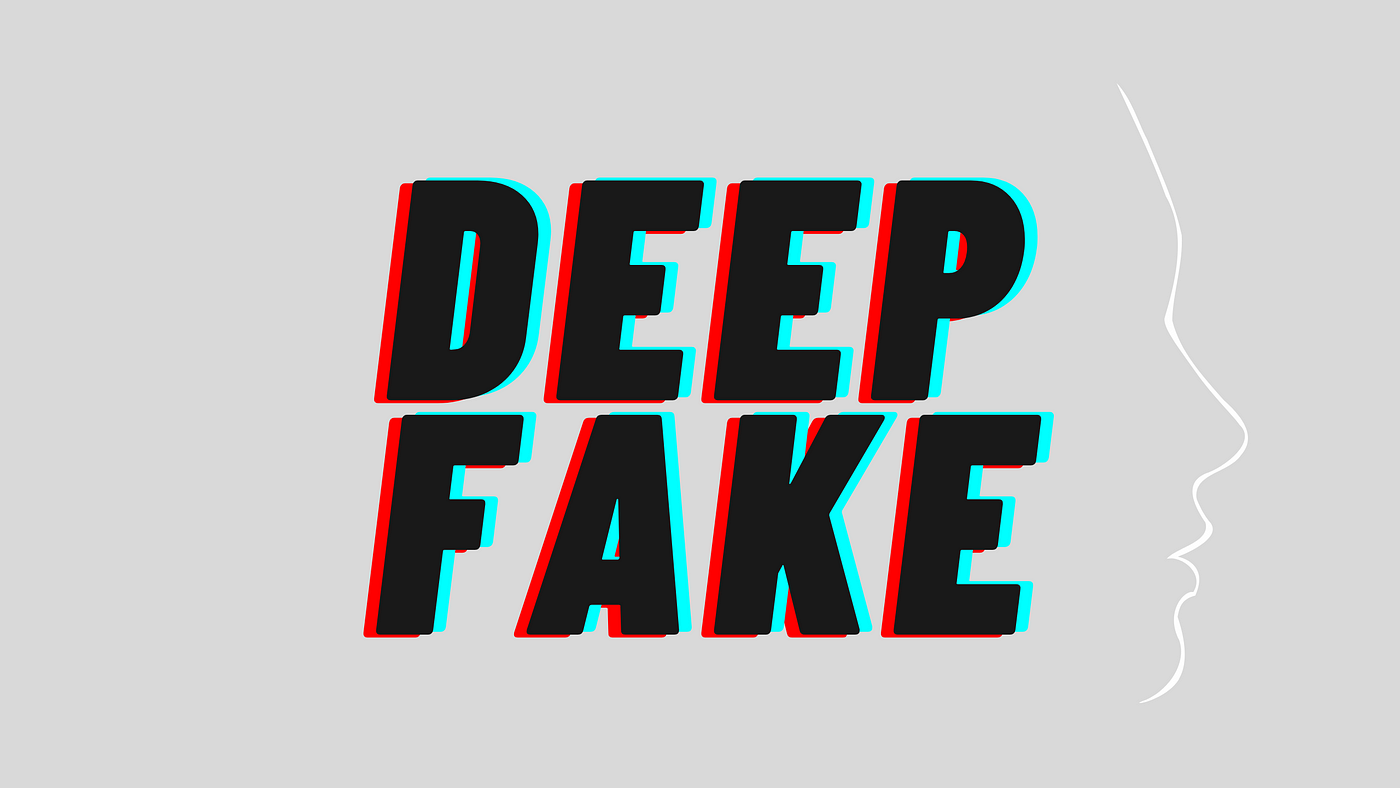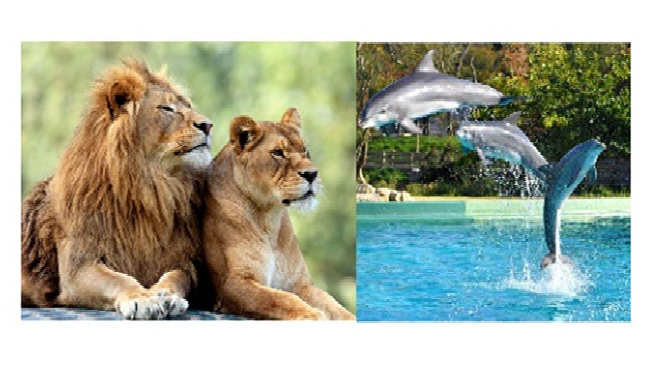Deep Fake
Why in News
The recent controversy pertaining to the viral deepfake video of an actor has triggered concerns about online safety, particularly of women.
Important Points
What is Deep Fake?
- Deepfakes use a form of artificial intelligence called deep learning to make images of fake event.
- Deepfake technology utilises advanced machine learning algorithms to create or manipulate video content, thereby making it appear as if individuals are saying or doing things they never actually did.
- Most of the deepfake videos have been pornographic in nature. But during elections time, digitally altered clips of politicians are also circulated to falsely attribute a statement or promise to them.
How to spot a deepfake video?
- Unnatural Eye Movements: Deepfake videos often exhibit unnatural eye movements or gaze patterns. In genuine videos, eye movements are typically smooth and coordinated with the person’s speech and actions.
- Mismatches in Color and Lighting:Deepfake creators may have difficulty replicating accurate colour tones and lighting conditions. Pay attention to any inconsistencies in the lighting on the subject’s face and surroundings.
- Compare and Contrast Audio Quality:Deepfake videos often use AI-generated audio that may have subtle imperfections. Compare the audio quality with the visual content.
- Strange Body Shape or Movement: Deepfakes can sometimes result in unnatural body shapes or movements. For example, limbs may appear too long or short, or the body may move in an unusual or distorted manner. Pay attention to these inconsistencies, especially during physical activities.
- Artificial Facial Movements:Deepfake software may not always accurately replicate genuine facial expressions. Look for facial movements that seem exaggerated, out of sync with speech, or unrelated to the context of the video.
- Unnatural Positioning of Facial Features: Deepfakes may occasionally exhibit distortions or misalignments in these features, which can be a sign of manipulation.
- Awkward Posture or Physique: Deepfakes may struggle to maintain a natural posture or physique. Pay attention to any awkward body positions, proportions, or movements that appear unusual or physically implausible.
What should the govt do to address the deepfake menace?
- The IT Act 2000 does provide a framework for addressing impersonation and fraud conducted via digital means, the advent of deep fakes calls for more specialized measures.
- The government should amend existing laws to specifically address the unique challenges posed by deepfakes.
- The government should support the development of more sophisticated detection tools that can be used by authorities and the public.
- Educational initiatives should be undertaken to inform citizens about the nature of deep fakes and how to critically assess digital content.
- There is a need to work with tech companies and social media platforms to detect and mitigate the spread of deep fakes.
What are the Uses of Deepfake Technology?
- Film Dubbing: Deepfake technology can be used to create realistic lip-syncing for actors who speak different languages, making the film more accessible and immersive for global audiences.
- For example, a video was created to launch a petition to end malaria, where celebrities like David Beckham, Hugh Jackman, and Bill Gates spoke in different languages using deepfake technology.
- Education: Deepfake technology can help teachers deliver engaging lessons by bringing historical figures to life in the classroom, or creating interactive simulations of different scenarios.
- For example, a deepfake video of Abraham Lincoln giving his Gettysburg Address could be used to teach students about the American Civil War.
- Art: Deepfake technology can be used as a creative tool for artists to express themselves, experiment with different styles, or collaborate with other artists.
- For example, a deepfake video of Salvador Dali was created to promote his museum in Florida, where he interacted with visitors and commented on his artworks.
- Autonomy and Expression: Deepfake technology can empower people to control their own digital identity, protect their privacy, or express their identity in different ways.
- For example, a deepfake app called Reface allows users to swap their faces with celebrities or characters in videos or gifs, for fun or personalization.
- Amplification of the Message and its Reach: Deepfake technology can help amplify the voice and impact of people who have important messages to share, especially those who face discrimination, censorship, or violence.
- For example, a deepfake video of a journalist who was killed by the Saudi government was created to deliver his final message and call for justice.
- Digital Reconstruction and Public Safety: Deepfake technology can help reconstruct missing or damaged digital data, such as restoring old photos or videos, or enhancing low-quality footage. It can also help improve public safety by creating realistic training materials for emergency responders, law enforcement, or military personnel.
- For example, a deepfake video of a school shooting was created to train teachers on how to react in such a situation.
- Innovation: Deepfake technology can spur innovation in various fields and industries, such as entertainment, gaming, or marketing. It can enable new forms of storytelling, interaction, diagnosis, or persuasion.
- For example, a deepfake video of Mark Zuckerberg was created to demonstrate the potential of synthetic media and its implications for society.






.jpg)
.jpg)
.jpg)




.jpg)
